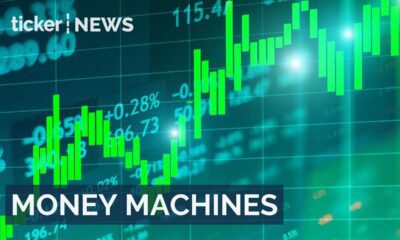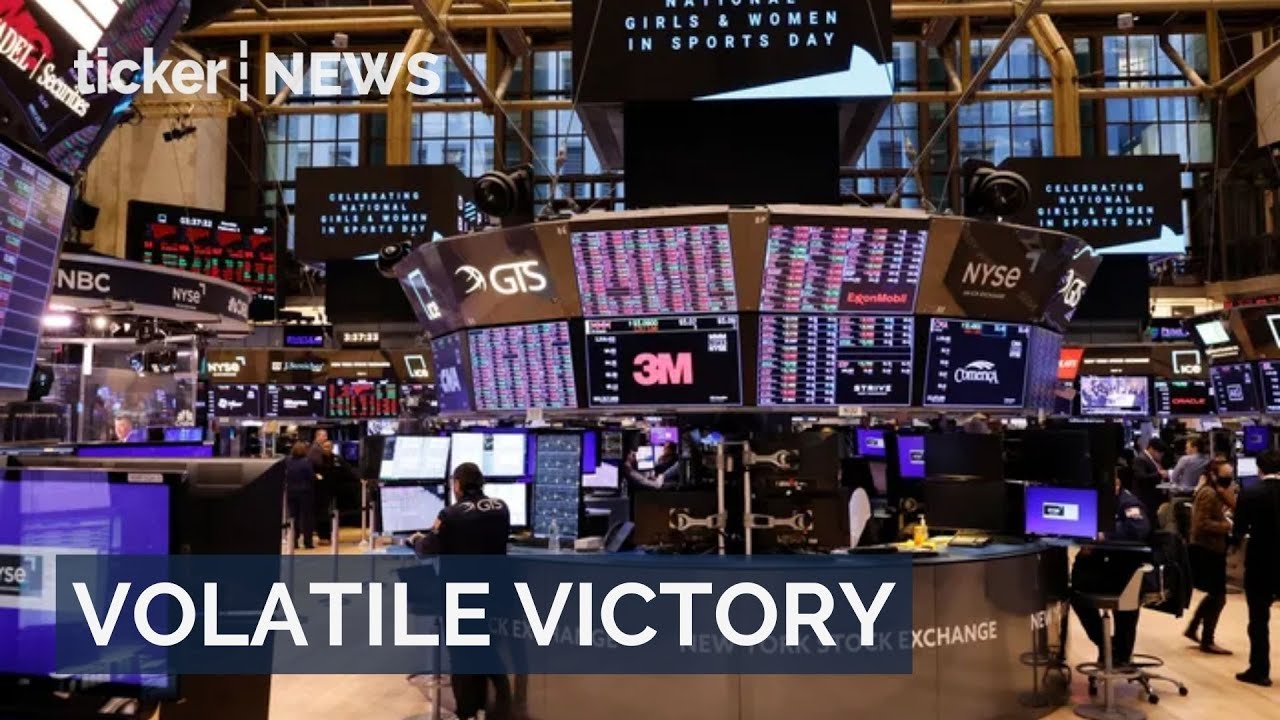Money
Taxing times: 64% of Aussies think they pay too much tax

Money
US stocks surge amid AI hype despite market volatility
US stock market bounced back, S&P 500 up 16% in 2023, driven by AI excitement amid policy uncertainties.
Money
Stocks rally ahead of Thanksgiving as markets log four days of gains
Markets gain momentum ahead of Thanksgiving, with the Dow up 388 points and Oracle rising 4% amid investor optimism.
Money
Dow surges 500 points amid rate cut optimism
Dow jumps 569 points on fresh hopes for December rate cut and AI market optimism
-



 News4 days ago
News4 days agoWarner rejects Paramount’s hostile takeover bid
-



 Shows4 days ago
Shows4 days agoJames Bozinovski: Reshaping retail with innovative strategies
-



 Tech3 days ago
Tech3 days agoAI stocks surge amid market shifts and spending warnings
-



 Ticker Views5 days ago
Ticker Views5 days agoAustralia is reeling from the worst terrorist attack on home soil. Could it have been prevented?
-



 Tech3 days ago
Tech3 days agoAI investments set to surge in 2026 as companies target productivity gains
-



 News4 days ago
News4 days agoNSW weighs urgent gun law changes after Bondi shooting as firearm caps spark backlash
-



 News4 days ago
News4 days agoExperts warn AI could trigger ‘Grey Swan’ events in the global economy
-



 Shows4 days ago
Shows4 days agoJulia Ferracane discusses her PR journey and philosophy








